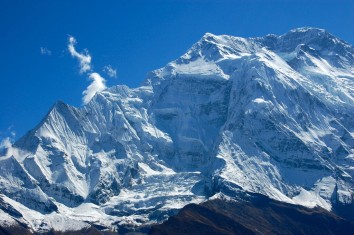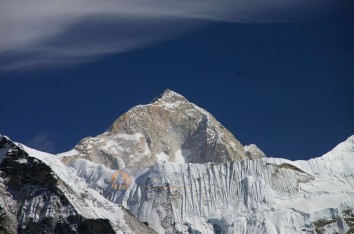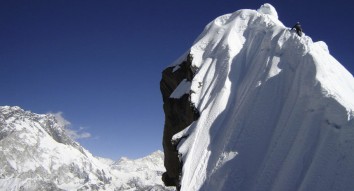Sustainable Travel in Nepal: How to Trek Responsibly

Sustainable Travel in Nepal: How to Trek Responsibly
Nepal, with its awe-inspiring Himalayan ranges and rich cultural heritage, is a magnet for trekkers and travelers from around the globe. As the influx of tourists continues to grow, the need for sustainable travel practices becomes increasingly crucial to preserve this fragile ecosystem and support the local communities. Here’s how you can contribute to responsible trekking and travel in Nepal, ensuring that your adventure not only fulfills your wanderlust but also benefits the environment and the people who make these areas their home.
Understanding the Impact
Tourism, while beneficial economically, can exert pressure on natural resources, wildlife, and local cultures. Trails can become eroded, forests are degraded, and waste can accumulate, creating long-term environmental issues. Culturally, the influx of foreign visitors can also influence local customs and lifestyles, not always positively. Recognizing these impacts is the first step in minimizing them.
Minimizing Environmental Impact
-
Pack In, Pack Out: Carry back all your non-biodegradable litter. Many trekking paths in Nepal do not have adequate waste disposal systems, and it's crucial to minimize your footprint by leaving no trace.
-
Use Water Wisely: Water is a scarce resource in many high-altitude areas. Use biodegradable soaps and avoid washing directly in streams or rivers. Instead, use a washbowl and dispose of the used water away from freshwater sources.
-
Energy Conservation: Use solar chargers for electronic devices and opt for accommodations that use sustainable energy sources like solar power. Reduce battery waste by using rechargeable batteries wherever possible.
-
Stick to Paths: Reducing soil erosion is crucial, especially on popular trails. Stick to established paths and avoid shortcuts to prevent damaging plant life and contributing to erosion.
-
Respect Wildlife: Maintain a safe distance from animals you encounter on your treks. Feeding or disturbing wildlife can disrupt their natural behavior and diet.
Supporting Local Communities
-
Hire Local Guides and Porters: By hiring locals, you contribute directly to the economy and receive valuable insights about the culture and geography of the area. Ensure that they are equipped with appropriate gear and are treated fairly.
-
Stay in Local Lodges and Homestays: Opt for locally owned lodges and homestays which help keep the economic benefits within the community. This also offers a more authentic experience and an opportunity to engage with local families.
-
Buy Local Products: Whether it’s food, souvenirs, or crafts, buying local products supports local artisans and small businesses. This helps in circulating money within the community, contributing to its economic sustainability.
-
Participate in Cultural Exchange: Engage respectfully with the local cultures. Show interest in learning the local language, customs, and traditions. Such interactions can be enriching on both sides and foster mutual respect and understanding.
-
Volunteer Responsibly: If you choose to volunteer, do so with organizations that have a clear, positive impact on the communities. Avoid those that may inadvertently harm local livelihoods or exploit children.
Environmental Conservation Initiatives
Participate in or donate to conservation projects. Many NGOs and local organizations work towards habitat restoration, wildlife conservation, and reducing the impact of tourism in Nepal. Supporting these causes financially or through volunteer work can make a significant difference.
Educate Others
As you learn about sustainable practices, share this knowledge with fellow travelers. Encouraging others to follow responsible travel practices amplifies the positive impact and helps in fostering a community of mindful travelers.
Conclusion
Trekking in Nepal is an unforgettable experience that comes with the responsibility to protect and preserve the very sights you came to see. By adopting sustainable practices and supporting local communities, you ensure that your visit contributes positively to the environment and the people of Nepal. This approach not only enhances your travel experience but also helps ensure that the beauty and culture of Nepal remain vibrant and vital for future generations.


.jpg)
.jpg)





.jpg)

